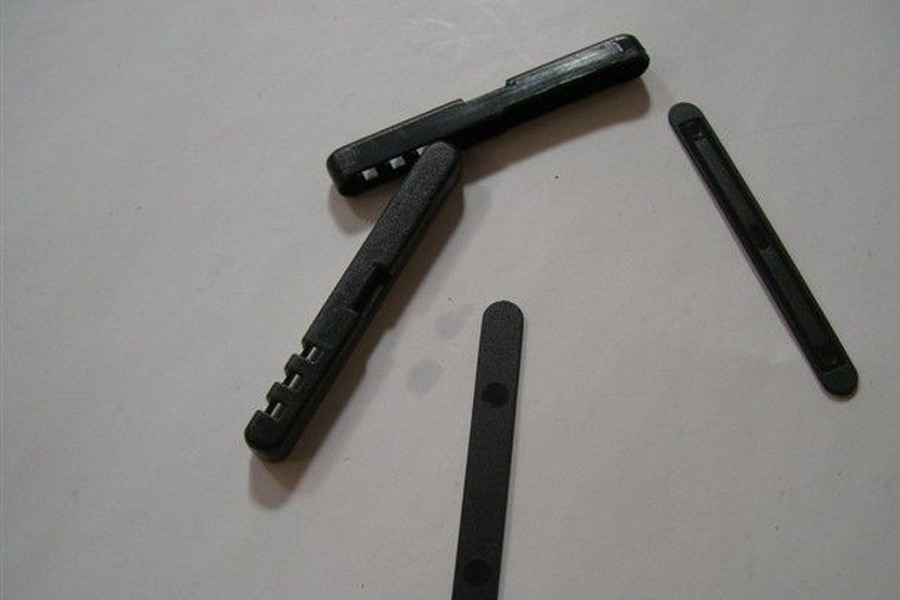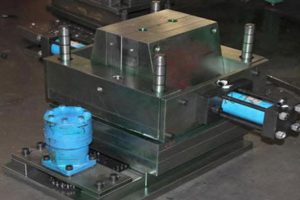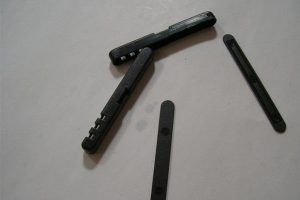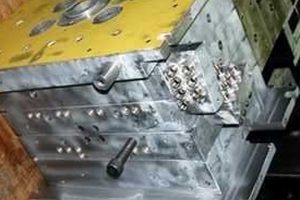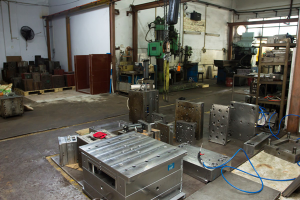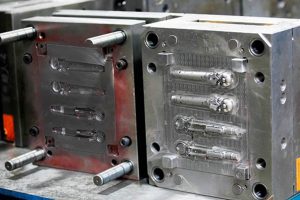What are the processing advantages of tungsten steel punches? Why is the punch easy to break during processing?
- Compared with metal processing with tungsten steel punch round bar, MC nylon has low hardness and does not damage the grinding parts;
- The low mc coefficient provides the possibility of its wide application in conflicting parts;
- The tungsten steel punch absorbs noise and absorbs vibration. MC nylon has a much smaller modulus than metal, which attenuates sensation and provides a useful path better than metal to avoid noise.
- Simplify machine maintenance, save labor, excellent mechanical cutting processing functions, and improve labor productivity;
- Tungsten steel punches are produced and processed with high strength and can accept loads for a long time;
- Good resilience, can be twisted without deformation, together can maintain toughness, resist repeated impact;
- Wear-resistant and self-smoothing, it provides better operation functions than bronze cast iron carbon steel and phenolic laminates in oil-free (or de-oiled) smooth applications, reducing consumption and saving energy;
- High chemical stability, resistance to alkalis, alcohols, ethers, hydrocarbons, weak acids, smooth oils, detergents, water (sea water), and has the characteristics of odorless, non-toxic, tasteless, and rust-free, making it widely used The use of mechanical parts and components in the fields of alkali corrosion resistance, environmental protection and cleaning, food, textile printing and dyeing provides excellent conditions.
Why the punch is easy to break during processing
The reason why the punch is easy to break and the solution
1. The closing height is too low, and the punch cut into the knife edge is too long.
Solution: Adjust the closing height to make the punch blade a proper length.
2. Improper positioning of the material causes the punching tungsten steel punch to cut a single side, which breaks due to uneven force.
Solution: adjust positioning or feeding device
3. The scrap of the lower die blocks the knife edge, causing the punch to break.
Solution: re-drill the large blanking hole to make the blanking smooth
4. The fixed part (splint) of the punch is offset from the guiding part (strike plate).
Solution: repair or re-cut the block to make the punch up and down smoothly
5. The guide of the punching board is poor, causing unilateral force on the punch.
Solution: re-fit the board gap
6. The punch blade is too short and it is dry with the punch.
Solution: Replace the punch and increase the length of the knife edge
7. The punch is not fixed well and moves up and down.
Solution: Re-fix the punch so that it cannot move up and down
8. The punch blade is not sharp.
Solution: Re-grind the cutting edge

